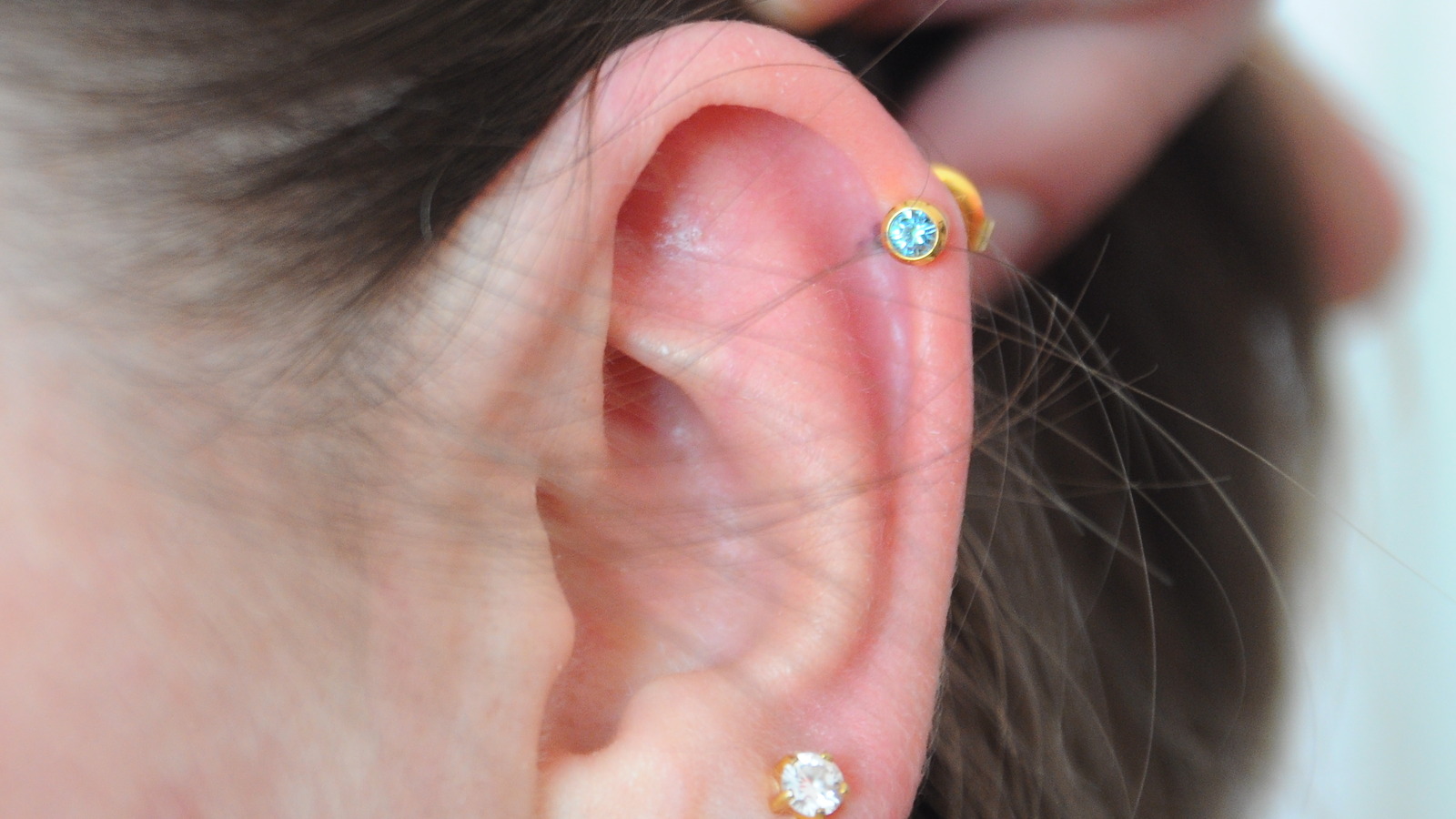Amazing Info About How To Tell If You Have A Keloid

If a keloid develops over a shoulder or other joint, it can limit how far you can move.
How to tell if you have a keloid. Have a family history of keloids. You have a greater risk of developing keloid scars if you: However, you’re more likely to develop a keloid on your ear if:
Most develop in one of these areas: Neck ears chest back shoulders these scars tend to be pink, purple, or brown and may feel firm or rubbery. Keloids can form on the:
Shoulder because a keloid develops after you injure your skin, you can get this scar elsewhere. You might need a skin biopsy to rule out skin cancer. They can develop after very minor skin damage, such as an acne.
Signs and symptoms might include: A keloid can feel uncomfortable, itchy, or painful. They are shiny, smooth and rounded skin elevations that may be pink, purple, or brown.
A keloid scar may form within months to years of the inciting injury. You’re black, hispanic or asian. What are keloids?
A keloid is a raised scar that occurs as a result of trauma or injury to the skin. Acne can be mild, moderate, or severe. Many people simply dislike the way.
Rarely, keloids can occur spontaneously. Keloid scars are raised scars that grow beyond the boundaries of the original skin injury. A keloid scar is a firm, smooth, hard growth that occurs as a result of excessive scar formation.
Your doctor usually can tell whether you have a keloid by looking at the affected skin. Thick, irregular scarring, typically on the. Keloid scars risk factors.
Keloids occur after skin injury; Check if you have a keloid scar a keloid scar usually appears a few weeks to years after you damage or injure your skin, such as after a cut, burn or acne. Types of acne.
If you're considering treatment options for your keloids, here's. Did you know that if you have a keloid and it keeps coming back. They can be doughy or firm and rubbery to the touch, and they often feel itchy,.














![Piercing Bump Vs Keloid How To Tell The Difference [2023 Update] Drug](https://wordpress.druggenius.com/wp-content/uploads/2022/05/Piercing-Bump-Vs-Keloid--1160x549.png)



